Refine listing
Actions for selected content:
16950 results
Foreword
-
-
- Book:
- The International Atlas of Mars Exploration
- Published online:
- 23 March 2018
- Print publication:
- 24 September 2012, pp xi-xii
-
- Chapter
- Export citation
1 - Chronological sequence of missions and events
-
- Book:
- The International Atlas of Mars Exploration
- Published online:
- 23 March 2018
- Print publication:
- 24 September 2012, pp 1-324
-
- Chapter
- Export citation
The International Atlas of Mars Exploration - Title page
-
-
- Book:
- The International Atlas of Mars Exploration
- Published online:
- 23 March 2018
- Print publication:
- 24 September 2012, pp iii-iii
-
- Chapter
- Export citation
The International Atlas of Mars Exploration - Half title page
-
- Book:
- The International Atlas of Mars Exploration
- Published online:
- 23 March 2018
- Print publication:
- 24 September 2012, pp i-ii
-
- Chapter
- Export citation
Dedication
-
- Book:
- The International Atlas of Mars Exploration
- Published online:
- 23 March 2018
- Print publication:
- 24 September 2012, pp v-vi
-
- Chapter
- Export citation
3 - Mars mission data
-
- Book:
- The International Atlas of Mars Exploration
- Published online:
- 23 March 2018
- Print publication:
- 24 September 2012, pp 344-346
-
- Chapter
- Export citation
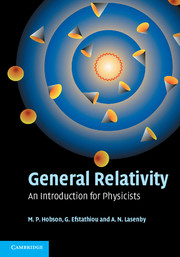
General Relativity
- An Introduction for Physicists
-
- Published online:
- 05 September 2012
- Print publication:
- 02 February 2006
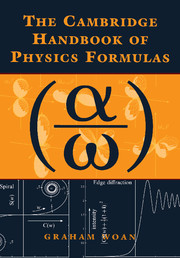
The Cambridge Handbook of Physics Formulas
-
- Published online:
- 05 September 2012
- Print publication:
- 19 June 2000
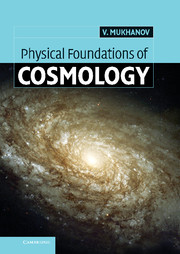
Physical Foundations of Cosmology
-
- Published online:
- 05 September 2012
- Print publication:
- 10 November 2005
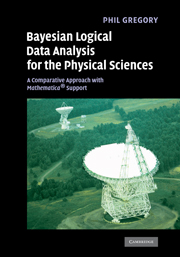
Bayesian Logical Data Analysis for the Physical Sciences
- A Comparative Approach with Mathematica® Support
-
- Published online:
- 05 September 2012
- Print publication:
- 14 April 2005
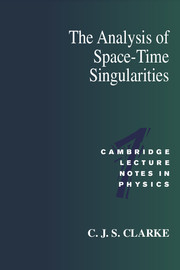
The Analysis of Space-Time Singularities
-
- Published online:
- 05 August 2012
- Print publication:
- 12 May 1994
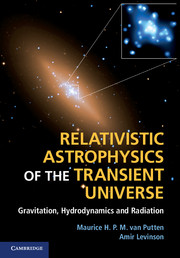
Relativistic Astrophysics of the Transient Universe
- Gravitation, Hydrodynamics and Radiation
-
- Published online:
- 05 August 2012
- Print publication:
- 05 July 2012
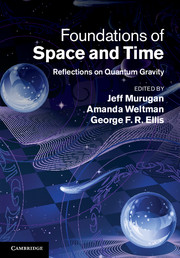
Foundations of Space and Time
- Reflections on Quantum Gravity
-
- Published online:
- 05 August 2012
- Print publication:
- 19 July 2012

The Lighter Side of Gravity
-
- Published online:
- 05 August 2012
- Print publication:
- 03 October 1996

Quantum Fields in Curved Space
-
- Published online:
- 05 August 2012
- Print publication:
- 25 February 1982
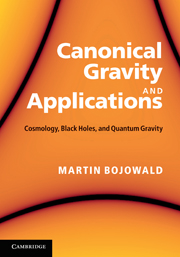
Canonical Gravity and Applications
- Cosmology, Black Holes, and Quantum Gravity
-
- Published online:
- 05 August 2012
- Print publication:
- 23 December 2010

The New World of Mr Tompkins
- George Gamow's Classic Mr Tompkins in Paperback
-
- Published online:
- 05 August 2012
- Print publication:
- 16 September 1999
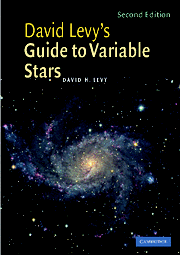
David Levy's Guide to Variable Stars
-
- Published online:
- 05 August 2012
- Print publication:
- 15 December 2005
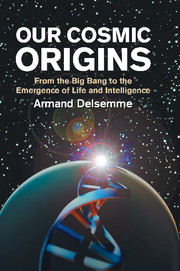
Our Cosmic Origins
- From the Big Bang to the Emergence of Life and Intelligence
-
- Published online:
- 05 August 2012
- Print publication:
- 25 June 1998
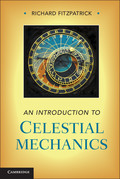
An Introduction to Celestial Mechanics
-
- Published online:
- 05 August 2012
- Print publication:
- 28 June 2012
